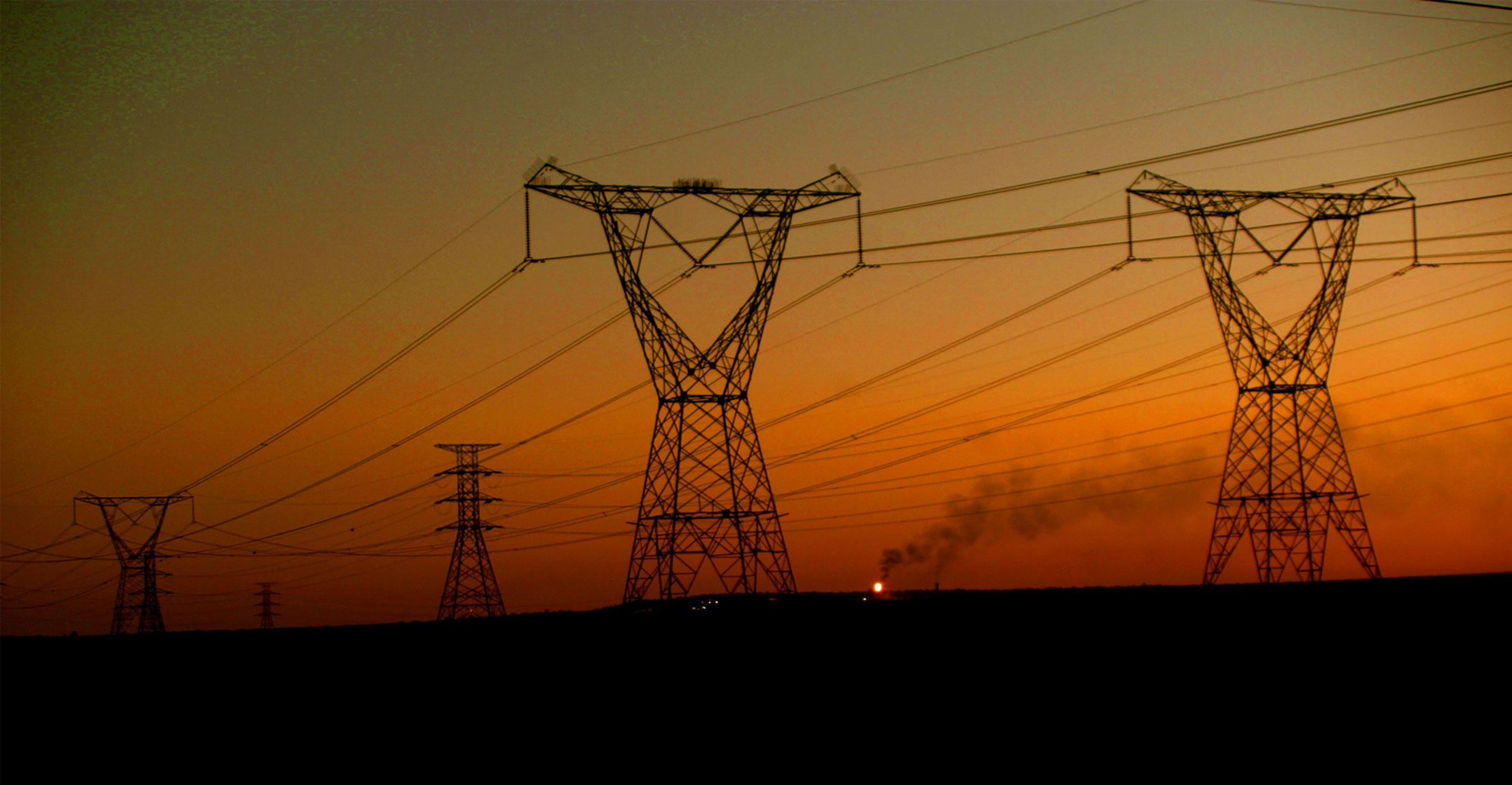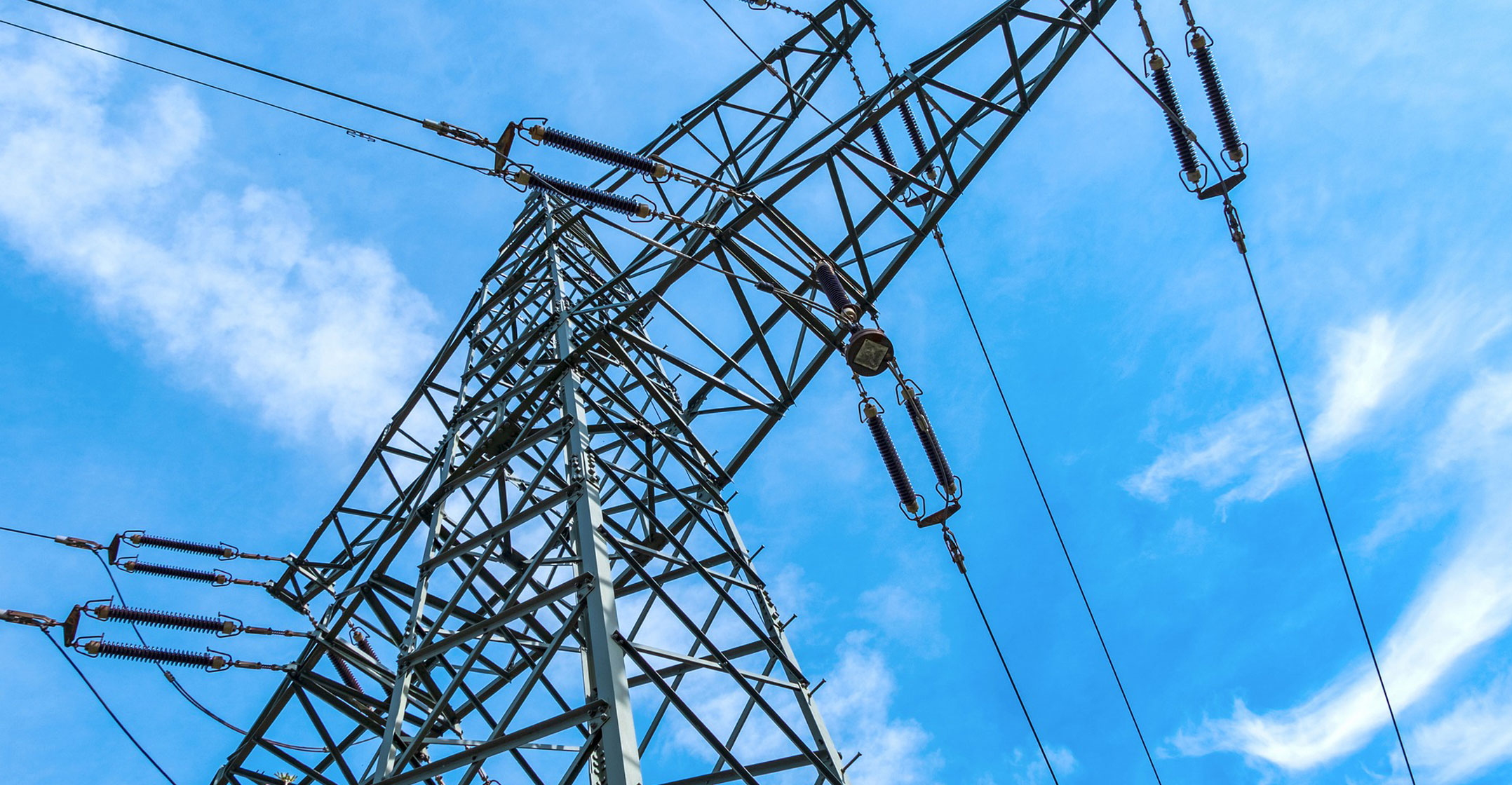
Data published by Eskom this week shows that the utility has not been able to generate enough electricity to adequately meet peak evening demand. On Monday night, it fell 254MW short of peak demand at 6pm, and on Tuesday night it was 158MW short.
These shortfalls existed even after it interrupted load supply to large customers (and, on Monday evening, to the aluminium smelters through a mechanism called “virtual power station”).
Eskom spokesman Sikonathi Mantshantsha explained on Twitter that the virtual power station “is a regulated mechanism in which Eskom can ask certain pre-agreed customers … to switch off power for about two hours when it has shortages. The customer gets compensated for the loss of production, at a rate approved by (energy regulator) Nersa.”
On both nights, Eskom used almost all available open-cycle gas turbines (OCGTs), both its own and those from independent power producers (IPPs) – 14 in total on Monday, and 20 in total on Tuesday.
From 4pm on Monday, it ramped up generation from its pumped storage schemes to help meet the evening’s higher demand – and by 6pm was generating 2.3GW of electricity from these schemes. (There was a further 554MW of generation from hydro schemes.)
Peak generation
It is important to note that pumped storage schemes were explicitly designed for this purpose: They exist to generate electricity during the peak. Where Eskom often gets into trouble is when breakdowns in the coal fleet force it to use pumped storage as baseload power throughout the day. This leaves it in a situation where it simply doesn’t have the capacity from pumped storage during the peak.
The limit of the coal fleet over the past week has been about 23.9GW; it has not been able to produce more power than this. It has relied on non-commercial generation (the units at either Kusile or Medupi that have not yet achieved commercial operation to augment supply).
In the first half of last week, this contributed around 700MW during the daily peak. But from Thursday, 29 April this dropped to 110MW, with zero contributed from these sources on Friday, Saturday or Sunday.
 That it was not able to adequately meet peak demand is of concern given the very fine – and sometimes non-existent – reserve margins that the utility operates with. At the peak on both evenings, Eskom would’ve had a negative operating reserve margin.
That it was not able to adequately meet peak demand is of concern given the very fine – and sometimes non-existent – reserve margins that the utility operates with. At the peak on both evenings, Eskom would’ve had a negative operating reserve margin.
How, then, was Eskom able to keep the lights on and not implement load shedding when it wasn’t able to meet demand? Very simply, it allowed this shortfall to be covered by its roughly 2GW to 2.2GW operating reserve.
This margin exists as a safety mechanism to allow Eskom to still be able to keep the system in balance if it loses generation (in other words, if units trip) unexpectedly. On both evenings it took a chance that using up to about 10% of the reserve margin for the hour-long peak was appropriate.
The good news is that the outlook for the remainder of the year has improved significantly.
From a situation where it forecast that it would likely be more than 2GW short to meet its demand and reserves for more than half the weeks to October, it no longer forecasts a significant shortfall until next April. This picture has continued to improve from January.
Forecast
For the rest of the year, its likely risk scenario shows a green or yellow risk level for about half the weeks, with an orange risk level (about 1GW to 2GW short) for the other half. Eskom is generally able to cope with the latter, as its breakdowns are mostly lower than the likely risk scenario of 13.2GW on unplanned outages.
However, Wednesday’s system status report shows an elevated risk of load shedding next week.
Because of planned maintenance being at 5.5GW next week (versus 3.1GW this week), it forecasts a likelihood of being more than 2GW short to meet demand and reserves should a likely risk scenario play out (with around 13.2GW of capacity broken down).
- This article was originally published by Moneyweb and is used here with permission




